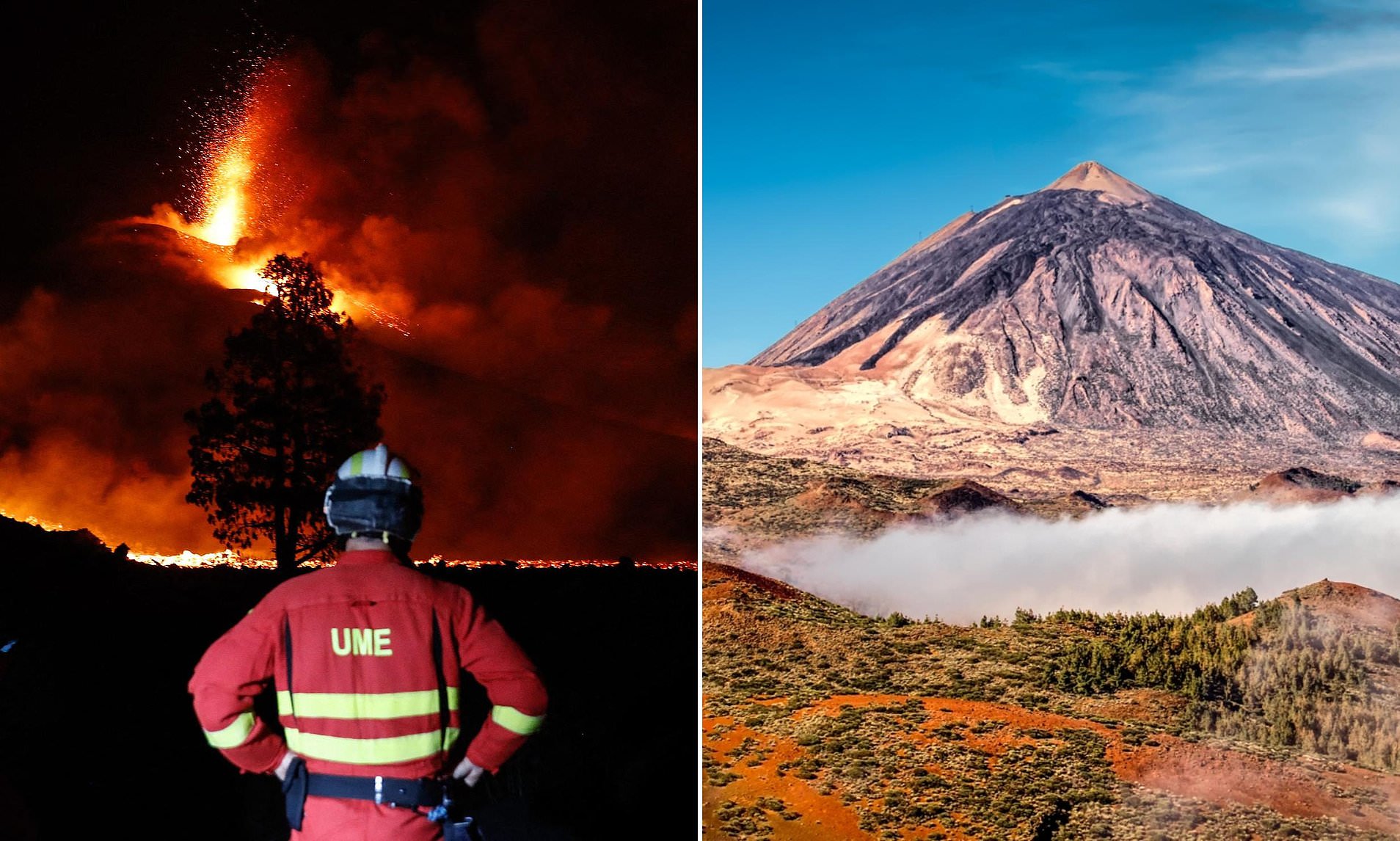Spanish Island's Volcano Threatens Eruption with 40% Chance, Experts Warn

Mount Teide and the Potential for Future Eruptions
Mount Teide, located on the island of Tenerife, continues to attract millions of visitors each year due to its breathtaking landscapes and unique geological features. However, recent seismic activity has sparked concerns among locals and tourists alike. A series of 700 tiny earthquakes, known as a seismic swarm, occurred in the Las Cañadas area near Pico Viejo, leading to fears that the volcano might erupt during the peak tourist season.
The seismic events began at 2 a.m. local time on August 7th and lasted until dawn. Although these tremors were minor, they raised questions about the potential for a more significant volcanic event. Despite the concern, scientists have reassured the public that there is no immediate threat of a major eruption. However, experts do believe that an eruption will eventually occur, with estimates suggesting a 30 to 40 percent chance of another eruption within the next 50 years.
Scientific Assessments and Ongoing Monitoring
Experts from the National Geographic Institute (IGN) have conducted further investigations into the seismic activity and concluded that the recent swarm does not indicate imminent volcanic activity. The director of the IGN in the Canary Islands, Itahiza Domínguez, emphasized that while the four-hour spurt of activity was not a cause for alarm, it is part of a pattern of increased seismicity in the region. This marks the sixth such swarm recorded in the Las Cañadas area since 2016.
Domínguez noted that although the current activity may seem insignificant, it represents a step in the broader process of magmatic activity. He warned that while the next eruption could be decades away, it is essential to remain vigilant. "We have to work as if the next intrusion were tomorrow," he said, referencing the 2021 eruption of the Tajogaite volcano on nearby La Palma.
Lessons from La Palma's Eruption
The 2021 eruption of the Tajogaite volcano on La Palma serves as a stark reminder of the potential dangers posed by volcanic activity. Known as “cracked mountain,” the eruption lasted 86 days and resulted in significant destruction, including the loss of homes, roads, and agricultural land. The event highlighted the importance of monitoring seismic activity and other precursors to volcanic eruptions.
In contrast, the recent seismic activity around Mount Teide is considered part of the islands' normal geological processes. Unlike the tremors that preceded the La Palma eruption, the current swarms do not show signs of imminent volcanic activity. Researchers stress the need for continued monitoring and analysis to better understand the behavior of these natural phenomena.
Understanding Volcanic Indicators
Volcanic eruptions are complex events, and predicting them remains a challenge for scientists. According to Eric Dunham, an associate professor at Stanford University, there is currently no universally applicable method for predicting volcanic eruptions. However, researchers can track several indicators to assess the likelihood of an eruption.
One key indicator is volcanic infrasound, which refers to the low-frequency sounds produced by magma movement. As lava rises in the crater of an open vent volcano, the frequency of these sounds tends to increase, signaling potential activity. Gas emissions are also crucial. As magma approaches the surface, gases such as sulfur dioxide escape, and an increase in these emissions can indicate rising magma levels.
Ground deformation, or changes in the shape of a volcano’s surface, is another important sign. Swelling, sinking, or cracking of the ground can result from magma movement or tectonic shifts. These changes provide valuable insights into the internal dynamics of a volcano.
The Geographical Context of the Canary Islands
The Canary Islands, where Mount Teide is located, sit at the intersection of three tectonic plates: the African, Eurasian, and American plates. This unique geographical position contributes to the region's frequent seismic activity. Mount Teide, the highest mountain in Spain, is part of one of Europe’s most visited national parks and offers panoramic views across the island.
Despite the ongoing research and monitoring efforts, the future eruption of Mount Teide remains uncertain. Scientists continue to study the volcano and its surrounding areas to improve their understanding of volcanic processes and enhance early warning systems. For now, the focus remains on ensuring the safety of residents and visitors while appreciating the natural beauty of this iconic landmark.

Comments
Post a Comment